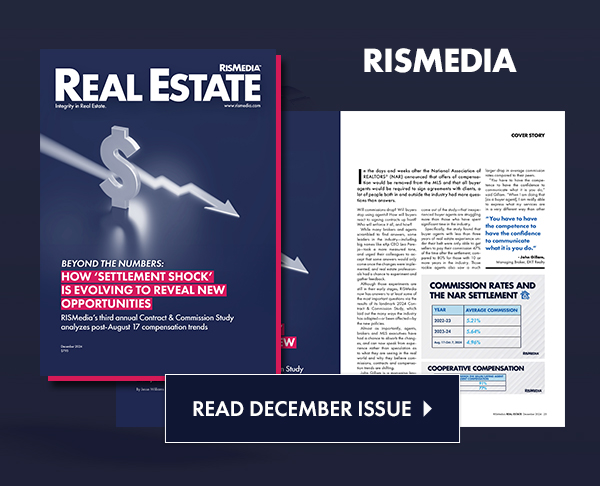In a surprising and upbeat report today from the U.S. Department of Labor, payrolls grew by 336,000 in September on a seasonally adjusted basis. The increase was almost double what most economists had expected, and showed the labor market’s strength, with the national unemployment rate unchanged from August at 3.8%.
Job gains occurred in leisure and hospitality; government; health care; professional, scientific and technical services; and social assistance. Additionally, September was the 33rd consecutive month of job growth. The unemployment rate has been below 4% since December 2021, a monthly stretch not achieved since the late 1960s.
While the report appears to be an overall positive sign for the country, it could also foreshadow short-term gloom for housing markets, with the Federal Reserve still determined to levy more rate hikes in an attempt to slow a still resilient economy and job market.
At the same time, economists said there remain deeper weaknesses in the data, looking at how builders, investors and banks are navigating a high-rate environment.
NAR Chief Economist Dr. Lawrence Yun urged caution in the real estate industry, even with the positive news.
“The job market continues to crank out jobs in high figures, but it does not mean all is well,” he said. “The jobs data, however, is considered a lagging indicator as the firms will only make a job-cuts decision after having cut costs in other areas. Commercial real estate, in particular, is flashing warning signs. Net leasing on retail and warehouse spaces is slowing. The office sector is continuing to bleed with rising vacancy rates.
Community banks, many with exposures to commercial real estate, are watching their balance sheets carefully. The fast-rising interest rates are breaking several sectors of the economy. The remaining sectors will also likely crack if the rate hikes continue. Given that the inflation rate is already cooling, the Fed needs to stop raising rates and strongly consider cutting interest rates next year. That would be the soft landing without the net job cuts to the economy.”
Bright MLS Chief Economist Dr. Lisa Sturtevant opined that the good news for job seekers did not mean smooth sailing for real estate.
“The economic picture is one of incongruity,” she said. “Jobs are being added to the economy and wages are rising, but consumers and businesses are feeling increasingly anxious. For the housing sector, this anxiety coupled with higher mortgage rates will mean fewer buyers in the market, with a contraction in sales activity, and the lowest number of home sales in more than a decade.
“Rising interest rates, and the Fed’s signal that it plans to keep rates higher for longer, will eventually force businesses to pull back. Consumers are also feeling the challenge of higher borrowing costs. In addition to the pure economic measures, it is helpful to look at the confidence indices that are released each month. U.S. small-business sentiment has declined, along with drops in home-builder confidence. Measures of consumer confidence also have dropped significantly.”
Mortgage Bankers Association Senior Vice President and Chief Economist Mike Fratantoni also conceded that regarding real estate sales the news would not move the needle.
“Wage growth is cooling somewhat, at 4.2% over the past 12 months, but is still likely too fast to be consistent with the Fed’s 2% inflation target,” he said. “This report certainly surprised the market, which had been expecting a slowdown, and longer-term rates jumped in response. Mortgage rates will follow, which will likely mean that lending activity, which was already at a multi-decade low, is not going to pick up anytime soon.”
Realtor.com® Chief Economist Danielle Hale remarked that higher interest rates were likely a long-term possibility, even with good news on other economic fronts.
“At the September Fed meeting, the committee did not raise rates, but their updated economic projections, which indicated that the short-term policy rate would likely remain higher for longer, may have finally convinced markets that the Fed was not bluffing when it reaffirmed its commitment to whatever is needed to bring inflation back to 2%,” she said.
“Since that meeting, investors have rapidly repositioned themselves to prepare for that reality, which likely means higher rates for longer. This has driven up long-term rates, including mortgage rates, to levels not seen since 2000, and created the paradoxical stage of the economic cycle when better-than-expected data is actually bad news because it means even higher rates. Today’s reading shows that the labor market remains on surprisingly firm footing and is likely to feed into recent trends pushing interest rates, including mortgage rates, higher.
“While long-term mortgage rates remain a significant challenge for homebuyers that are unlikely to recede quickly, we are at the point in the year when predictable seasonal trends in the market create a bit of a break for homebuyers,” Hale concluded.












